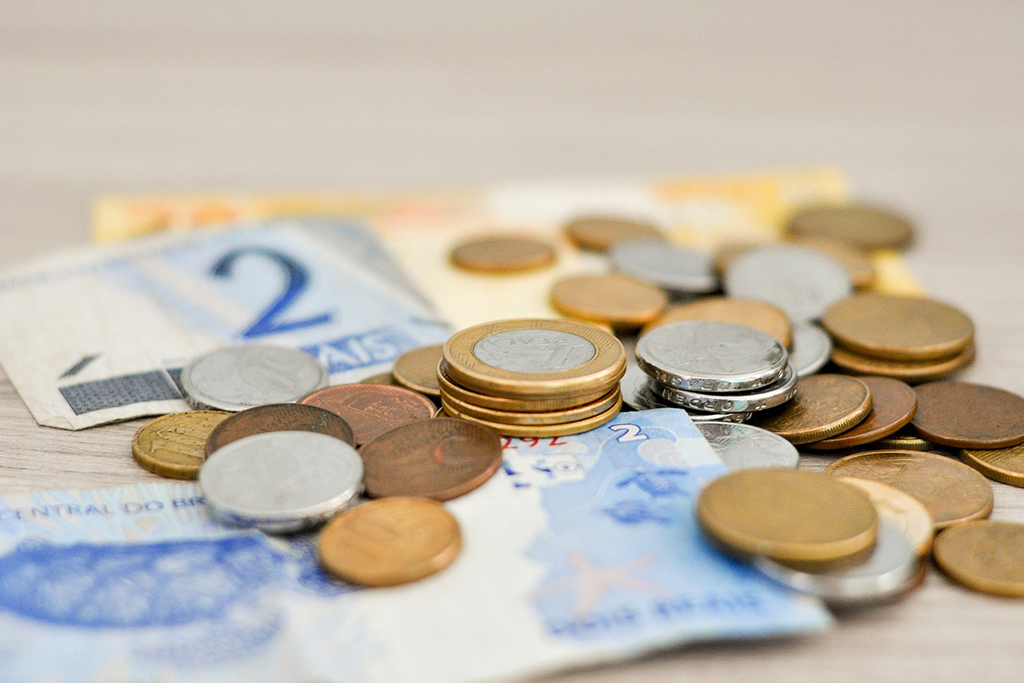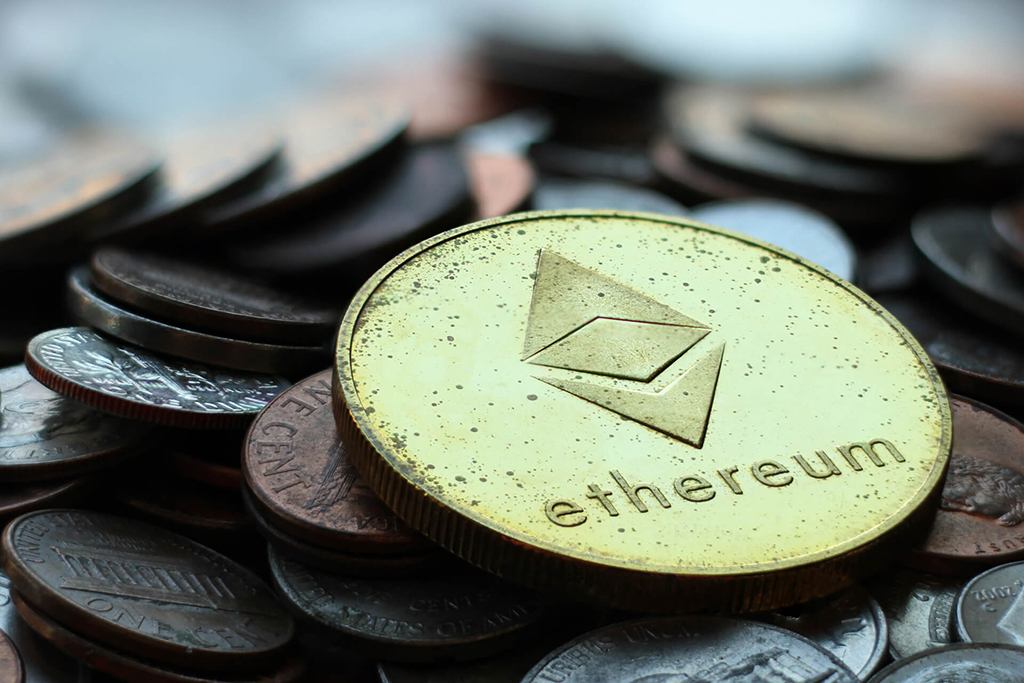This guide explores the best cheap stocks to invest in, according to analysts. We reveal undervalued equities that could outperfor...
What Is a Stablecoin and How to Manage It?
Last Updatedby Andy Watson · 13 mins read

Check out all the intricacies of operating, managing and investing in stablecoins in our comprehensive guide brought in partnership with CryptForensic Investigators.
The number of stablecoins has drastically surged over the past year, states Paul Sibenik, the owner of CryptForensic Investigators. There are now plenty of viable competitors to USDT including USDC, TUSD, and DAI just to name a few. With Facebook’s announcement of their Libra cryptocurrency, which will be pegged to a basket of fiat currencies rather than just USD itself, it is likely that adoption of stablecoins will continue to increase.
Stablecoins offer a few key vital functions and protections that individuals would otherwise not possess if they chose to hold the underlying assets backing the stablecoins directly.
Advantages of Stablecoins

Photo: Pixabay
A USD-pegged stablecoin offers a few advantages over USD itself. For one, the current process of transferring USD electronically is an expensive, lengthy and antiquated process, often taking a least a few days, and sometimes up to a week for international transfers.
Furthermore, due to anti-money laundering (AML) laws, dealing with fiat currency is more risky for cryptocurrency exchange operators; they risk having their bank accounts frozen and even risk prosecution in some cases. Working with fiat-backed stablecoins instead is far less burdensome, particularly for such exchange operators.
Stablecoins offer some clear advantages for end-users as well though. Users can transfer the stablecoin around much quicker, with much lower fees, and perhaps more importantly, they can take custody of their funds. This cannot be done with any fiat currency.
If a user has USD balance in their account on an exchange, all they really have is a centralized database belonging to the exchange which states they have a certain USD balance. The USD balance should be backed with an equivalent balance of USD in the bank account belonging to cryptocurrency exchange.
However, as we’ve seen in numerous cases before, exchanges don’t always have assets to back up their liabilities. Many exchanges ‘run fractional’ and end up going bankrupt. Stablecoins offer individuals greater security because they can be withdrawn off-exchange to users’ wallets.
The Conundrum

Photo: Pixabay
When holding a USD balance, a user only has two options. First, leave it on exchange while hoping the exchange has and will continue to have assets to back their liabilities (and doesn’t run with the money), while also hoping they allow them to trade or withdraw the asset in the future. The second option is to withdraw the USD from the exchange to their own bank account. As previously mentioned, this typically takes 3-5 days and the user will lose 1-3% of the value due to wire transfer fees.
Since AML regulations frequently prohibit sending USD to individuals without US bank accounts, in many cases those that don’t live in the U.S. typically need to have their funds converted to/from local currency, costing an additional 2-4% in currency conversion fees the process. Overall, this is a horribly inconvenient and impractical process and not feasible for many cryptocurrency traders.
After it’s all done the user still does not have custody of their funds because the banking system and fiat currency, in general, is custodial in nature. The users’ bank now has custody of the funds and may allow the user to use or withdraw the funds provided they haven’t ‘flagged’ the account for ‘security reasons’ or ‘potential money laundering’.
Besides partially subverting AML regulations, and being much quicker and cheaper to transfer, stablecoins are non-custodial in nature. When an individual is in possession of a stablecoin, it’s theirs and they can spend it, use it, transfer it, or send it to another exchange. No permission required. They authorize any outgoing transactions; no one can take the funds from them unless they are coerced into doing so.
Disadvantages of Stablecoins
While stablecoins do offer some security advantages to those comfortable enough with using them, there are risks. But we first need to differentiate between the different types of stablecoins as the risks are different for each.
Fiat-collateralized Stablecoins

Photo: Pixabay
Fiat-collateralized stablecoins are centralized in nature as there is a single entity that issues the stablecoin, controls the supply, and which is responsible for backing it with ‘real’ fiat assets in bank account(s) of theirs. They are by far the most common type of stablecoin both in number and trading volume. But they also carry some major risks such as:
- The entity may not have the fiat assets to back up all the stablecoins as they claim.
- Even though the stablecoin is pegged to the underlying asset, in some cases (such as Tether), the stablecoin cannot actually be redeemed for the underlying asset (USD in this case) itself. Its value of approximately 1 USD derives from the willingness of other people willing to pay the equivalent of 1 USD for it. If it dips noticeably below 1 USD, which it does from time to time, people buy it up at the lower price knowing they’ll most likely be able to sell it to someone else for 1 USD in the future, giving them an easy but small profit margin.
- Reserves often are not independently audited.
- The entity may steal, trade, or leverage reserves, or may disappear entirely, leaving no recourse for investors.
- The entity’s bank or custodian may freeze funds or lock out the entity, making reserves inaccessible. This would typically only happen if the bank has been coerced by government or law enforcement to do so.
- The entity may freeze your funds or blacklist you, similar to a bank, as pointed out by /u/woodydeck in the case of Tether. However, it’s worth noting there don’t appear to be any cases whereby major stablecoins have used such a function yet. In all likelihood, because there are centralized entities that can be coerced, threatened, and manipulated by governments, they’ve implemented the function which they elect to use, if necessary, in a worst-case scenario (e.g. if executives are facing a prison sentence).
The most frequently traded fiat-collateralized stablecoins include USDT, TUSD, and USDC which happen to all be pegged to USD. Libra, once launched, will also fit this classification however it will be pegged to a basket of underlying fiat currencies, not just USD.
Commodity-backed Stablecoins (Also Known as Asset-backed Stablecoins)
This type of stablecoin is closely related to fiat-collateralized stablecoins, however, it refers to physical non-fiat assets, primarily commodities such as gold and other metals. There are not too many examples of commodity-backed stablecoins right now, but more are being worked on right now.
However, they typically suffer from the same pitfalls as fiat-collateralized stablecoins except for one. Unlike fiat-collateralized stablecoins, they’re not guaranteed to lose value over longer periods of time due to inflation.
The most well-known stablecoin that fits this categorization is DGX. It’s worth noting that at least for now, their reserves are regularly audited, assets are held by a variety of custodians, and you can redeem DGX for actual gold if you want. But only if you’re in an approved jurisdiction and you’re willing to prove as such by going through and passing their KYC. And if you’re unwilling or unable to do that, the only other option is to buy/sell on exchange. Unfortunately, DGX is listed on very few exchanges and trading volume is also quite low.
Fiat & commodity-backed stablecoins will always be highly centralized. Fiat assets can only be held in bank account(s), and for obvious reasons, the beneficiary of that account always needs to be a person or centralized organization; never something like a DAO. And physical assets like commodities always need to be stored somewhere.
Crypto-collateralized Stablecoins

Photo: QuoteInspector
Far more decentralized in nature than their fiat-backed counterparts, crypto-collateralized stablecoins are frequently considered to be safer and more secure by industry experts. But there are still most definitely risks. DAI is by far the most popular stablecoin that fits this categorization.
While the details of how it works from a technical perspective are quite intricate, the simplified version is that people looking to leverage their crypto assets ‘lock up’ ETH in a Collateralized Debt Position (CDP). The total value of all the collateral must always be greater than the total value of DAI received. If the collateralization ratio ever drops too low due to a decline in the price of ETH, the locked-up assets are automatically liquidated.
The first downside of crypto-collateralized stablecoins is any individual that acquires DAI through a CDP needs to make sure their positions are always well-collateralized enough to avoid liquidation. If individuals are vigilant and avoid letting the collateralization ratio drop too low, there’s very little risk, but it may require buying additional ETH to top up the collateral if the price declines.
Creating a CDP through the MakerDAO smart contract is primarily for people who want to leverage their assets. If you want to simply hold the asset, DAI can easily be acquired on a variety of cryptocurrency exchanges which would be akin to secondary markets. If DAI is acquired through a secondary market, there is no liquidation risk as the individual would not hold a CDP themselves (or have any ETH locked for that matter).
A bigger risk is that there’s a bug that’s found and exploited in one of MakerDAO’s smart contracts. While great effort has been undertaken to ensure there are no vulnerabilities in the code, we’ll never be able to confirm with certainty that it is flawless. TheDAO had a bug that was exploited within hours after launch. MakerDAO has been around for 4.5 years now and DAI has been active on Ethereum mainnet for the past 1.5 years now. The likelihood of a bug decreases further every day.
Algorithmic Supply Stablecoins

Photo: Pixabay
This type of stablecoin is non-collateralized, making it theoretically more decentralized than fiat & asset-backed stablecoins. The peg is automatically maintained by an algorithm which periodically adjusts the circulating supply of the stablecoin based on supply and demand. Until a few weeks ago, no algorithmic supply stablecoins actually existed.
Last month Carbon launched CarbonUSD but given how new it is, there’s a relatively high likelihood there may be vulnerabilities in their code that has yet to be found. While there are a few organizations working on developing some, no other algorithmic-supply stablecoins have launched as of yet. At least one of the most promising organizations that had been developing one decided to abandon the project in December 2018.
Declining in Value

Photo: Pixabay
One of the disadvantages with all stablecoins pegged to a fiat currency or basket of fiat currencies is that while they may be relatively stable over short periods of time, over longer periods of time they’re almost certainly going to decline significantly but steadily in value, just as fiat currencies do due to inflation of the money supply.
Therefore, it’s not ideal to store wealth in stablecoins over longer periods of time as their value will decline. But for shorter terms, stablecoins are much more suitable, and there are certainly occasions where storing for longer periods of times may be warranted even though its value will certainly decline.
Situations to Use Stablecoins

Photo: Pixabay
Now that we understand the advantages and disadvantages of holding fiat vs a variety of different types of stablecoins, we’re in a much better position to assess whether and when they’re viable to use to store wealth. Ultimately, whether you elect to hold a stablecoin or the underlying fiat directly depends on your situation. Below are some good reasons and factors where it would make a stablecoin a better than fiat directly to store wealth when they want minimal volatility:
Banking restrictions and/or jurisdictional issues – If you’re unable to hold or withdraw USD, your exchange doesn’t allow it, or perhaps you don’t even have a bank account, but want to hold USD since it’s a better unit of account and store of value than your local currency, a USD-pegged stablecoin is a good option.
You don’t want a Custodian – If you want to have custody over your own funds for whatever reason, perhaps because you’re worried about being denied access in the future or you’re worried the custodian may ‘freeze’ your funds, stablecoins are a good option.
Immutability – If you’re concerned about transactions being reversed perhaps due to fraud, stablecoins are a good option.
Hiding Wealth – You want to hide your assets or wealth. Due to the pseudonymous nature of cryptocurrency, it’s an ideal asset class to use to store wealth that’s far less volatile than Bitcoin. Some people want to hide their assets to evade taxes, others want to hide it from family members and significant others, while others simply don’t like the idea of having their wealth displayed to anyone based on principle.
Philosophical/Political – Perhaps you dislike banks and want as little to do with them as possible or you really like the idea of being responsible for your own funds where if you lose them, you can’t get them back.
Very short-term / Day trading – If you’re day trading and want to temporarily close a position to a stable asset.
Interest – You want to earn interest off a stable crypto-asset. There are platforms out there typically offering 5-8% annual interest on when depositing certain stablecoins with them. While I won’t mention the good platforms here, be forewarned there are many scams and ponzi schemes claiming people can earn interest on their balances, so proceed with an abundance of caution.
Any platform offering greater than 10% annual ROI or that uses multi-level marketing is almost certainly a scam! Furthermore, even a legitimate project can fail or go bankrupt. Remember, not your keys, not your coins.
Loan/leverage – You want to take out a loan and/or leverage your crypto assets.
Low volatility – While stablecoins are likely to have low volatility over the short term, it’s clear that wanting low volatility alone is not a sufficient reason to warrant storing wealth in stablecoins. It’s a factor that’s required (otherwise why just not use BTC?), but there must be other contributing factors as well, otherwise, it makes more sense just to hold the underlying fiat assets themselves.
Situations to Avoid Use of Stablecoins

Photo: Pixabay
Investment – You won’t generate a positive ROI with a stablecoin; there’s no point in trying.
Long term storage of wealth – The longer you store it, the more it will decline in value due to the effects of inflation.
No reason to actually use stablecoins – If what you’re trying to do can be done as easily with fiat currency and the traditional financial system, there it’s best to avoid using a stablecoin as it just adds unnecessary risks without any benefit. Unless you have a real need for a stablecoin or are otherwise able to justify its use as outlined in the 7 reasons above, there’s no point in storing your wealth in it.
Broken peg – You’re concerned a stablecoin may fail to sufficiently maintain its peg.
Diversify – Never put all your eggs (or wealth) in one basket. All options have risks, the risks merely differ for each. If you want to store a significant chunk of wealth in stablecoins, choose 2-3 different stablecoins rather than a single one.
Tron (TRX) price forecast for 2025–2030 with insights on token utility, growth drivers, market trends, and long-term investment ou...
This guide explains how to buy TOKEN6900, a new meme coin project with an attractive market capitalization. Learn how to join the ...